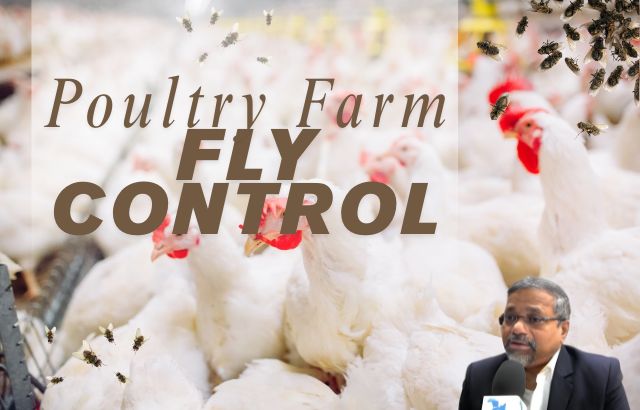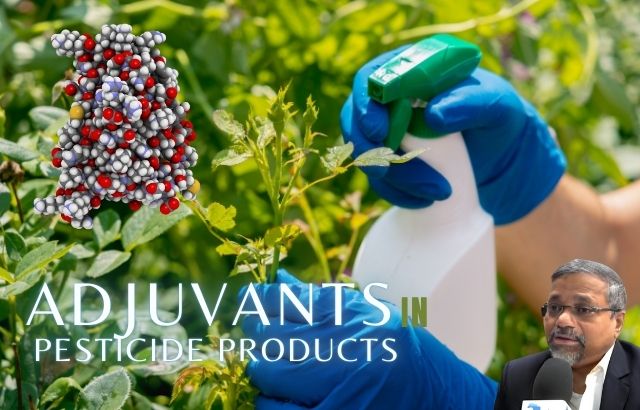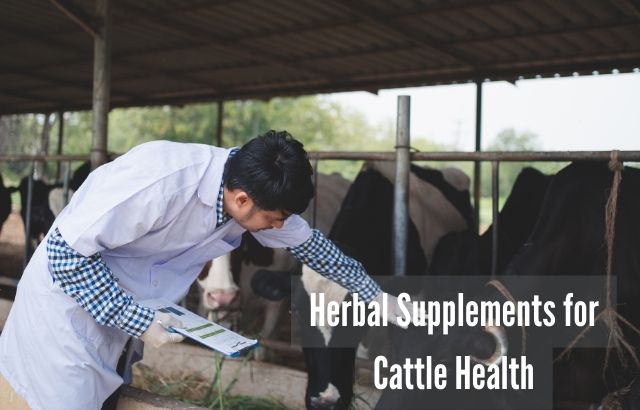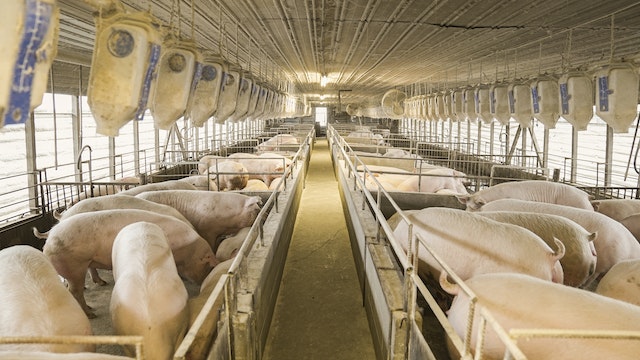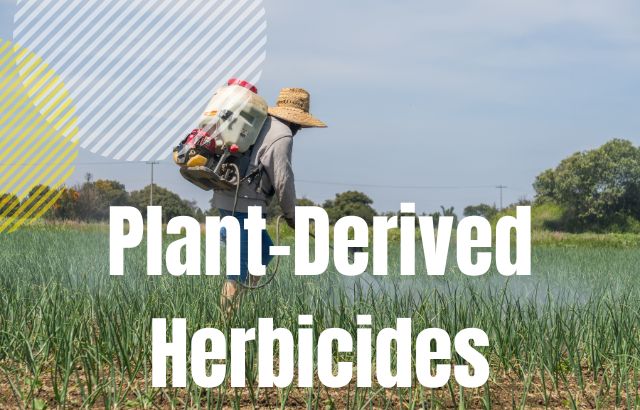Flies on a poultry farm are more than just an annoyance; they can pose serious health risks to both poultry and workers. Managing this problem requires not only prompt action but a comprehensive strategy that takes into account biosecurity, hygiene, and sustainable farming practices. This article, led by Jaiguru Kadam, a subject matter expert with vast international experience in sustainable farming solutions, offers insights and practical advice to help poultry farmers control and eliminate fly infestations effectively.
Why Are Flies a Problem in Poultry Farms?
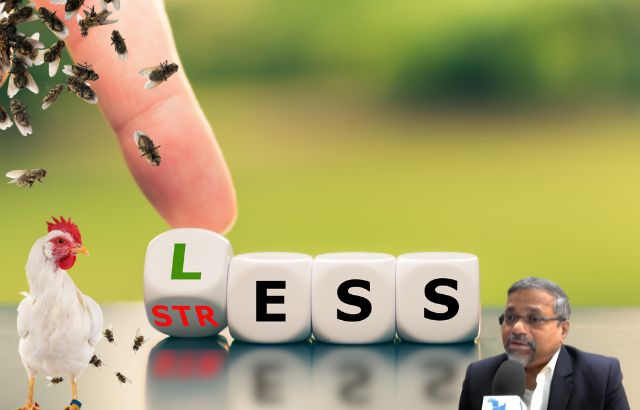
Flies, especially houseflies, are common pests in poultry farms. They thrive in the warm, humid conditions found in barns, poultry houses, and composting areas. While they may seem like a minor nuisance, flies can cause a range of issues, including:
- Health Risks: Flies are vectors for numerous pathogens, including bacteria and viruses. They can transmit diseases like Salmonella, E. coli, and avian influenza.
- Decreased Productivity: Flies are known to cause stress in poultry. This stress can lead to a decrease in egg production, slower growth rates, and overall poor health.
- Increased Management Costs: A fly infestation can lead to more frequent cleaning, increased veterinary bills, and a potential reduction in the quality of the final product (such as eggs or meat).
- Regulatory Compliance: Poor sanitation and fly infestations can lead to violations of local agricultural regulations and a negative impact on your farm’s reputation.
How to Tackle the Fly Problem: Practical Solutions
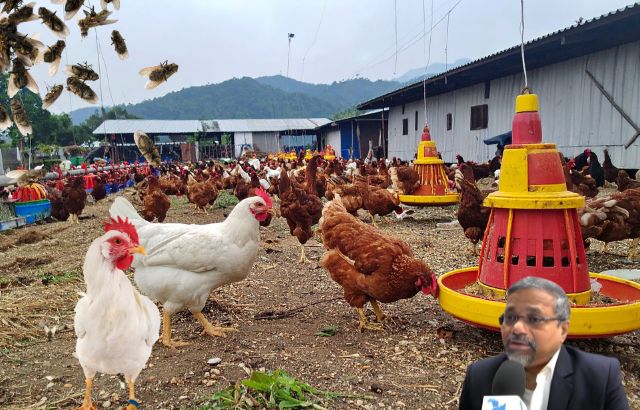
1. Proper Waste Management: A Key to Prevention
Flies are attracted to manure and spoiled feed, making waste management the first step in fly control. Removing and composting manure regularly can significantly reduce fly populations. Here’s how:
- Manure Management: Regularly clean and compost manure to limit the fly larvae’s habitat. Turning compost piles can expose larvae to sunlight, which reduces fly breeding.
- Spoiled Feed: Ensure that all feed is stored in sealed containers, and remove any feed spills from the coop. Flies are attracted to rotting feed, and reducing their access to it can cut down on the fly population.
Example: On a farm in California, proper manure composting practices resulted in a 40% reduction in fly populations over the course of just three months. Farmers used weekly compost-turning schedules, ensuring that larvae didn’t have time to mature.
2. Biological Control Methods
Instead of using harsh chemical pesticides, consider biological controls such as beneficial insects or nematodes. These natural predators can reduce fly larvae populations without harming poultry.
- Predatory Wasps: These tiny wasps lay their eggs in fly larvae, killing them before they can mature into adult flies.
- Nematodes: Beneficial nematodes are microscopic worms that parasitize fly larvae in manure piles. They’re highly effective and environmentally friendly.
Example: A farm in Spain integrated nematode treatments into their fly management plan and reported a 50% decrease in fly larvae within the first two months.
3. Fly Traps and Baits
Traps and baits are a quick way to reduce adult fly populations. Using UV light traps or sticky traps can help capture and kill adult flies.
- UV Light Traps: These attract flies with UV light and trap them on adhesive surfaces. They are ideal for high-traffic areas such as poultry barns.
- Fly Baits: Non-toxic fly baits that attract and kill adult flies can also help manage infestations.
Example: A farm in Florida used UV light traps, placing them near manure and feed areas. Within a month, they observed a 70% reduction in adult fly numbers.
4. Building and Environmental Design
Designing your poultry housing with fly control in mind can drastically reduce fly populations.
- Ventilation: Proper ventilation reduces humidity levels and prevents flies from thriving in warm, moist conditions. Natural or mechanical ventilation systems can help keep flies at bay.
- Fly Screens: Installing fine mesh screens on windows and ventilation openings can prevent flies from entering poultry houses in the first place.
Example: In an innovative farm in the Netherlands, designers incorporated advanced ventilation systems and installed fly screens throughout the poultry houses. As a result, fly numbers were reduced by 60% during the summer months.
5. Sustainable Fly Control: The Green Innovator Approach
As a Green Innovator, Jaiguru Kadam emphasizes the importance of integrating sustainable farming practices to manage fly infestations. He suggests that farms implement eco-friendly practices that go beyond just pest control.
- Eco-Friendly Pesticides: Instead of relying on harmful chemicals, Jaiguru advocates the use of biodegradable and organic pest control solutions. These options are not only effective but safer for both the farm’s workers and the environment.
- Recycling Organic Waste: By integrating waste-to-energy solutions, like biogas production, farms can repurpose organic waste, reduce waste accumulation, and prevent fly breeding sites.
Example: A farm in India adopted Jaiguru’s sustainable approach, integrating organic pesticides, composting, and biogas production. The fly problem decreased, and the farm also became energy self-sufficient, generating power from waste.
Frequently Asked Questions (FAQs)
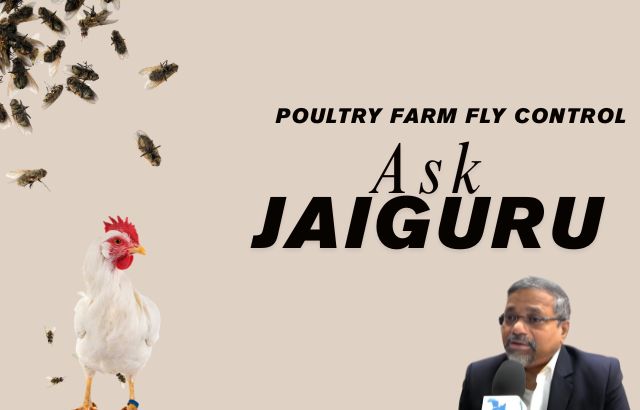
1. What’s the best time to start managing flies on a poultry farm?
Start fly management as early as possible, ideally before the summer months when flies breed the most. Regular inspections and preventative measures year-round will also help keep the population in check.
2. Can fly control solutions be used in conjunction with other pest management practices?
Yes! Integrated Pest Management (IPM) is an approach that combines different pest control strategies, including fly control, biological controls, and preventative measures, to ensure long-term effectiveness.
3. Are organic fly control methods as effective as chemical ones?
Yes, organic methods, such as beneficial insects, traps, and eco-friendly pesticides, can be just as effective when used properly. They also pose less risk to your poultry and the environment.
4. How can I calculate the cost-effectiveness of fly control methods?
Consider the following calculations for a basic fly control system (costs will vary based on location and scale):
- UV Light Traps: Initial cost: $100-$300 per trap. Maintenance: $20 per trap monthly. Expected reduction in fly population: 70%.
- Biological Controls (Nematodes): Initial cost: $50 per treatment (for 1000 sqm). Expected reduction: 50%.
Based on farm size and fly infestation severity, you can calculate the potential savings in veterinary bills and productivity losses over time to determine the ROI.
5. How often should I perform fly control maintenance?
Regular maintenance is key. Perform weekly checks on manure management, waste removal, and trap cleanliness. Reapply biological controls as recommended (typically every 2-3 weeks).
Conclusion
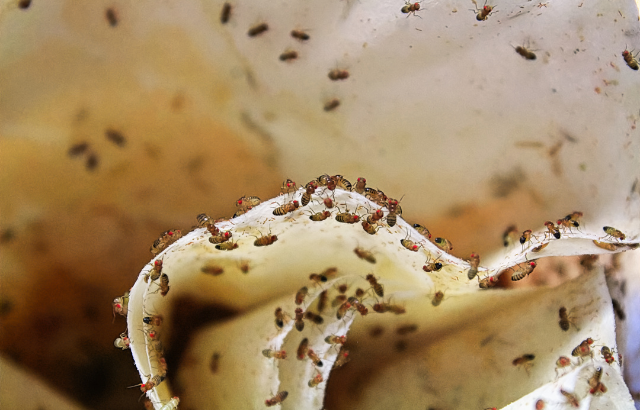
Managing fly problems on a poultry farm is critical for ensuring the health of your birds, improving productivity, and maintaining a safe working environment. With the right mix of prevention, biological controls, and sustainable practices advocated by Jaiguru Kadam, you can tackle the fly problem effectively without resorting to harmful chemicals.
For poultry farmers seeking long-term solutions, adopting these integrated methods will help keep fly populations at bay, promote a cleaner, more efficient farm, and boost overall farm profitability.

